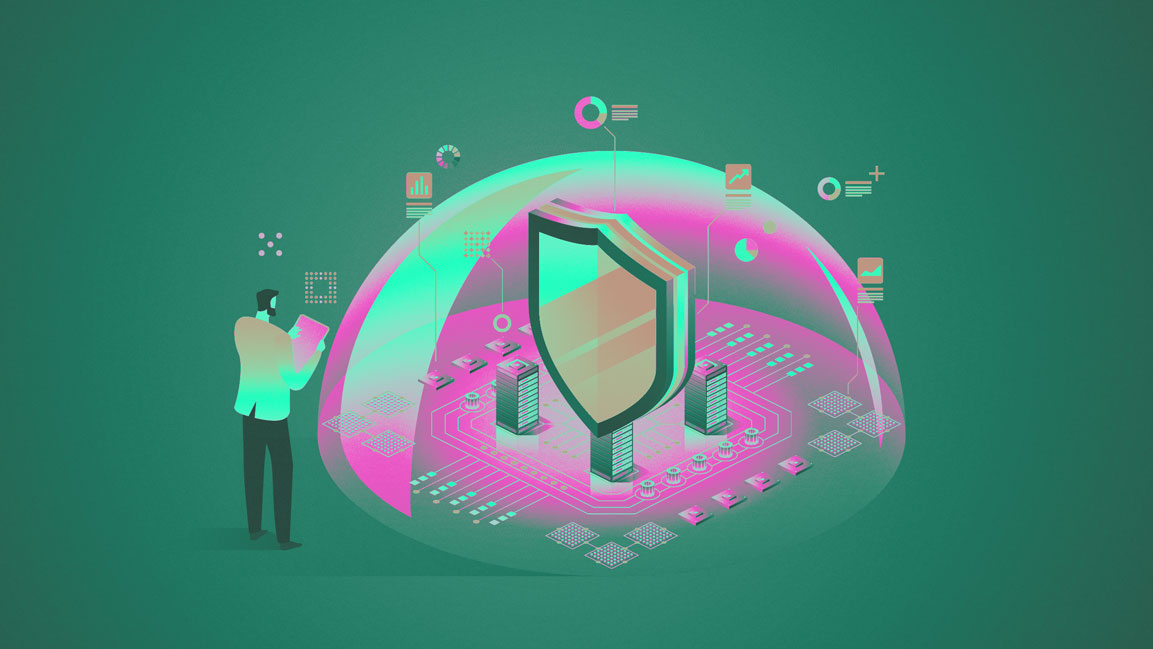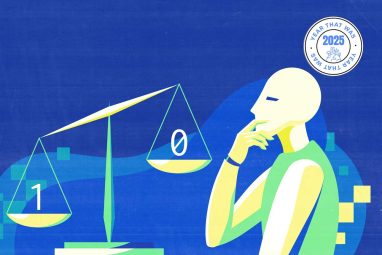Byte by Byte, India Secures Its Future Against Cyber Threats
Cisco’s 2025 Cybersecurity Readiness Index found just 7% of Indian firms ready to face modern issues.
News
- India Faces Lower Risk of AI Job Disruption Than the West, Says IT Secretary
- Tata Steel Discloses $1.6 Billion Dutch Class Action Over Emissions
- Nvidia Licenses Groq’s Inference Tech, Hires Leadership
- HCLTech Deepens Software Push With Three Acquisitions in a Week
- Isro Launches BlueBird Block 2 in Heaviest Commercial Mission Yet
- OpenAI Softens ChatGPT’s Tone While Scaling for an AI Showdown

A coordinated wave of cyberattacks recently exposed the vulnerability of India’s digital defenses, with 75% targeting government infrastructure and many traced to state-backed actors. Cisco’s 2025 Cybersecurity Readiness Index found just 7% of Indian firms ready to face modern issues.
In 2023, India ranked 5th globally in account breaches, with over 5.3 million compromised accounts in a stark reminder that today’s battleground is data-driven, AI-powered, and borderless.
Securing critical government infrastructure with the National Informatics Centre (NIC), which provides the digital backbone for government services, running secure networks, data centers, and e-governance platforms, has been a top priority, said Vishal Gupta, Former Chief Executive Officer of data security firm Seclore, in a conversation with MIT Sloan Management Review India.
Seclore’s philosophy is straightforward yet radical: stop securing the walls, start securing the data.
“Traditional cybersecurity focuses on devices, networks, firewalls, but what truly matters is the information inside them. Our approach protects data at the source, no matter where it goes,” Gupta said.
This pivot to data-centric security is not just a technical upgrade; it’s a strategic necessity. In today’s digital ecosystem, where data constantly flows across borders, devices, and platforms, chasing threats across environments is like trying to follow a five-year-old through a crowded amusement park.
Gupta likened it to parenting: “You can’t just secure every place your child goes. You have to teach the child to be safe. That’s what we do for data.”
The AI Dilemma: Risk or Accelerator?
AI now shapes both threats and defenses. Ashish Tandon, CEO of AI-powered application security firm Indusface, said, “We approach AI from two key perspectives: how it helps customers, and how it benefits us as a company.”
Indusface uses AI to spot code flaws, block real-time attacks, and predict zero-day exploits, in which a hacker takes advantage of a software vulnerability before the software’s developers know about it and have a chance to fix it.
”During Operation Sindoor, AI helped us detect and respond to traffic surges that increased by 100x,” Tandon said.
On Seclore’s end, the AI conversation is about access control and prevention. At RSA 2024, the company unveiled an AI-aware platform that ensures critical data never even enters unauthorized AI systems.
Gupta said, “AI can be prompted to leak sensitive data. We’re ensuring it doesn’t even see what it shouldn’t. We’re building systems where AI knows its boundaries.”
In collaboration with the India AI Mission and a soon-to-be-announced document classification partner, Seclore said it is creating systems to intelligently label documents, from casual invites to high-confidentiality boardroom files, before AI tools can access them.
Digital Boom, Privacy, and Collaboration
The explosion in digital adoption across India, driven by Aadhaar, UPI, and cloud-native tools such as AWS-hosted retail apps and Paytm’s cloud-based payment gateways, has turned every sector into a digital-first domain.
Tandon said, “Back in 1999, hardly anyone had websites. Today, even your neighborhood shop has an app. This rapid shift means India’s attack surface has expanded dramatically.”
India’s digital economy is now globally visible and increasingly vulnerable. “Hackers are like entrepreneurs; they go where the money is. As India prospers, its digital assets become a bigger target,” Tandon said.
One of the issues in cybersecurity is the perceived trade-off between privacy and productivity. Regulatory frameworks, such as India’s Digital Personal Data Protection Act (DPDPA) or Europe’s GDPR, often compel companies to tighten their control over data sharing. But Gupta argued this is a false choice.
“We’re eliminating that compromise. Data can now carry its own rules, like who can access it, how long, or whether it can leave Indian borders. This means you don’t have to stop collaboration to stay compliant.”
In effect, Seclore enables organizations to keep using their existing tools like Dropbox, Slack, and WhatsApp, without worrying about data exposure. The result is a seamless, scalable model where compliance and collaboration coexist.
Tandon echoed this ethos. “Our Made-in-India roots give us an edge. All our infrastructure is hosted domestically, fully aligned with India’s compliance frameworks. We’re audited, certified, and committed to global standards,” he said.
With the rise of India’s digital economy and its strategic positioning in global supply chains, especially in the semiconductor and defense sectors, cybersecurity is no longer just a CIO’s concern. It’s a national strategy.
Cyber Awareness
Despite the tech advancements, Gupta warns India still lacks human-level cyber awareness.
He said, “One of the biggest myths is that awareness can be replaced by systems. Today, cybersecurity awareness ranks maybe 17th on most organizations’ priority lists; it should be in the top three.”
For Gupta, awareness should begin as early as financial literacy. “We teach kids to save money. Why not teach them to protect data?”
Ultimately, it is not just a dire warning, but a blueprint for action. From state-level protection to AI-augmented defense, and privacy-first design, India has the urgency and the opportunity to lead.
“The car with the best brakes can go the fastest. Cybersecurity is that brake system. Get it right, and the AI revolution won’t just be safe, it’ll be unstoppable, he said.




